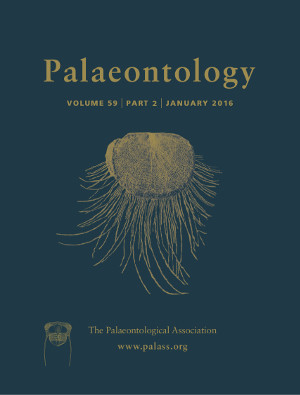Reg. Charity No. 1168330

Pterosaurs, a Mesozoic group of flying archosaurs, have become a focal point for debates pertaining to the impact of sampling biases on our reading of the fossil record, as well as the utility of sampling proxies in palaeo‐diversity reconstructions. The completeness of the pterosaur fossil specimens themselves potentially provides additional information that is not captured in existing sampling proxies, and might shed new light on the group's evolutionary history. Here we assess the quality of the pterosaur fossil record via a character completeness metric based on the number of phylogenetic characters that can be scored for all known skeletons of 172 valid species, with averaged completeness values calculated for each geological stage. The fossil record of pterosaurs is observed to be strongly influenced by the occurrence and distribution of Lagerstätten. Peaks in completeness correlate with Lagerstätten deposits, and a recovered correlation between completeness and observed diversity is rendered non‐significant when Lagerstätten species are excluded. Intervals previously regarded as potential extinction events are shown to lack Lagerstätten and exhibit low completeness values: as such, the apparent low diversity in these intervals might be at least partly the result of poor fossil record quality. A positive correlation between temporal patterns in completeness of Cretaceous pterosaurs and birds further demonstrates the prominent role that Lagerstätten deposits have on the preservation of smaller bodied organisms, contrasting with a lack of correlation with the completeness of large‐bodied sauropodomorphs. However, we unexpectedly find a strong correlation between sauropodomorph and pterosaur completeness within the Triassic–Jurassic, but not the Cretaceous, potentially relating to a shared shift in environmental preference and thus preservation style through time. This study highlights the importance of understanding the relationship between various taphonomic controls when correcting for sampling bias, and provides additional evidence for the prominent role of sampling on observed patterns in pterosaur macroevolution.